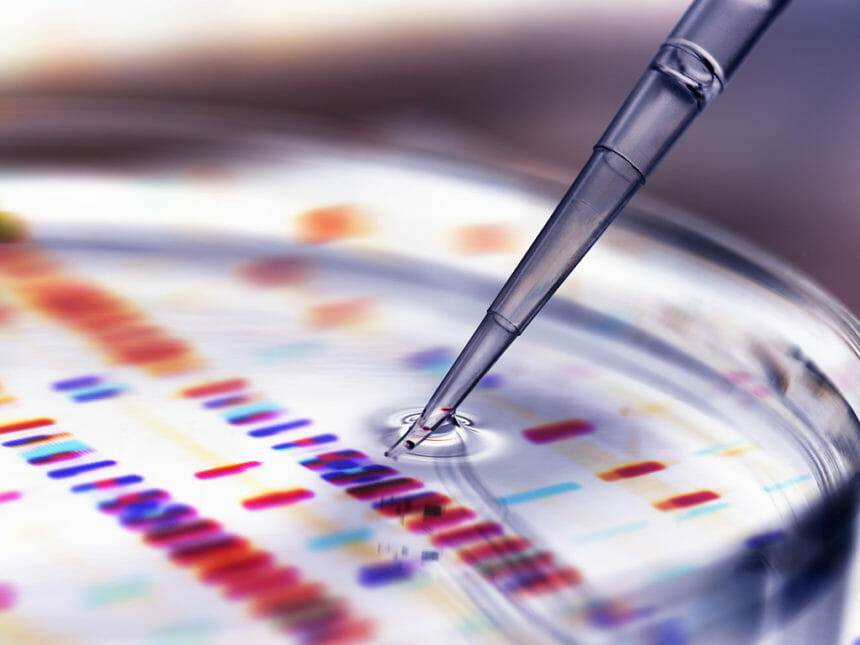The Food and Drug Administration approved CSL Behring’s hemophilia B drug Hemgenix (also known as EtranaDez) last week, the first-ever gene therapy for the disease.
Its one-time cost of $3.5 million set a new benchmark as the highest price for any drug.
However, it may not cause as much economic strain as one might expect. Instead, despite its hefty price tag, the new drug could help payers and health systems avoid running up an excessive tab with an older chronic therapy.
Hemgenix “could be a bargain,” said Seth Friedman, pharmacy and health plan services practice leader for consultancy AJG. It depends on how static the population is, given patients’ tendency to move among insurance providers, say, when switching jobs.
“An employer would not want to dish out $3.5 million in therapy costs if there is a risk the patient is no longer with the plan over a long period of time,” noted Friedman.
A rare disease, hemophilia strikes about 30,000 to 33,000 males, according to the Centers for Disease Control and Prevention, with women affected to a lesser degree. Patients suffer from spontaneous bleeding or excessive bleeds after a minor trauma. Hemophilia B, which is less common than hemophilia A, stems from a gene defect resulting in a lack of factor IX, a protein which helps blood clots form.
The current standard of care involves injecting a concentrated form of clotting factor. Still, the strict, lifelong nature of factor replacement therapy, and its inability to keep patients from experiencing spontaneous bleeding — not to mention limited mobility, joint damage or severe pain — leaves a lot to be desired.
Hemgenix, whose development was initially overseen by the biotech uniQure, delivers a highly active variant of the gene for factor IX to cells in the liver. The one-time infusion is designed to kickstart production of the patient’s own factor IX.
In the Phase 3 HOPE-B trial, the treatment reduced the rate of annual bleeds by 54% at seven to 18 months post-infusion, versus replacement therapy at six months. Additionally, 94% of patients were able to discontinue the older preventive regimen.
Hemgenix is the fifth approved gene therapy in the U.S. Shortly after scoring the green light, CSL, which has global marketing rights, revealed the charge. At $3.5 million, the price tag edged out fellow gene therapy Skysona for the mantle of the world’s costliest treatment (see table).
While it may have caused some initial sticker shock, the price may be justified compared with weekly intravenous infusions of factor IX, which run between $550,000 and $750,000 annually.
One number bandied about has been the recommendation by pricing watchdog ICER, with the figure frequently cited as $2.9 million. Wall Street analysts seemed to agree that Hemgenix’s list price, though incrementally higher, is relatively well justified.
“We feel that the $3.5 million price tag is reasonable and will be acceptable to payers given the projected long-term cost savings,” wrote Raymond James analyst Danielle Brill in an investor note.
But that figure, which is based on an economic evaluation of the lifetime costs of Hemgenix versus prophylactic treatment, apparently caps the drug’s savings at $150,000 per year. Nor does it account for discounts or value-based agreements that CSL may negotiate with payers. VBAs are among the reimbursement models typically employed by makers of cell and gene therapies.
As per ICER’s usual methodology, Hemgenix actually would have been cost-effective at between $5.2 million and $9.9 million, when the bulk of the savings promised by the drug are accounted for, notwithstanding the aforementioned patient-tracking challenges. As with most cell and gene therapies, Hemgenix will be reimbursed through the patient’s medical benefit, not the pharmacy benefit.
CSL is set to launch the drug in early 2023. Analysts at SVB Securities modeled peak 2030 global sales of $2.4 billion, based on an assumption that Hemgenix reaches 5% of the population with moderate hemophilia B in both the U.S. and EU as well as 15% of those with the severe form (who suffer from 20 to 30 bleeding episodes per year). An EU approval decision is expected early next year.
“We see a compelling market opportunity ahead for Hemgenix using our relatively conservative penetration assumptions,” the SVB analysts wrote.
Why the conservative approach? The drug’s label is a non-issue. The indication criteria are broad: adults with hemophilia B who use factor IX prophylaxis, or past/current life-threatening hemorrhage, or repeat serious bleeding episodes. It has no contraindications for use.
Expectations for the launch are low owing to uncertainty over underlying demand for this kind of therapy in hemophilia B, explained Brill.
Now that Hemgenix is across the finish line, Brill said the approval bodes well for the upcoming readout of the full, one-year, Phase 1/2 data for AMT-130, uniQure’s experimental gene therapy for use in patients with Huntington’s disease. Those data are expected in mid-2023.
UniQure is also entitled to a $100 million milestone payment upon Hemgenix’s first commercial sale in the U.S. as well as double-digit tiered royalties (in the low 20% range).
Also of note, Hemgenix’s list price came in above that of Biomarin’s Roctavian (or Valrox), another gene therapy which was approved last August by the European Commission for treating adults with severe hemophilia A. Roctavian is sold in the EU for €1.5 million (about $1.5 million) per one-time infusion.








